|
I have heard many different customer issues regarding Citrix as of late. They are wondering what is happening with the direction of Citrix these days. Citrix has made some announcements and directional changes that are affecting their customers and not always in a positive way. So, I thought I would give my two cents on comparing the two platforms and, for those looking to make a move, discuss what a migration strategy should outline. As virtualization technology, VMware Horizon and Citrix are two of the most popular solutions available on the market today. While both platforms have similar functionality, some key differences make VMware Horizon a better choice for businesses looking to streamline their virtualization processes. Superior Virtual Desktop Infrastructure (VDI) TechnologyOne of the most significant differences between VMware Horizon and Citrix is their approach to VDI technology. While Citrix offers a VDI solution, VMware Horizon has developed a more cutting-edge integrated technology solution. It provides a more flexible, scalable, and secure approach to desktop virtualization, making it a superior choice for businesses that manage many virtual desktops. With Horizon, users can access their virtual desktops from any device, anywhere, and anytime, without compromising security. Greater Integration CapabilitiesAnother area where VMware Horizon outperforms Citrix is in its integration capabilities. VMware has developed a robust ecosystem of solutions that can be seamlessly integrated with Horizon. These include cloud management platforms like VMware Aria Suite and VMware Cloud Director, VMware Workspace One and network virtualization solutions like NSX. These integrations enable businesses to create a more comprehensive and cohesive virtualization strategy that meets their unique needs.
On the other hand, Citrix relies on a more fragmented approach to integration, often requiring businesses to use multiple solutions from different vendors to achieve the same functionality. This can lead to increased complexity, cost, and potential compatibility issues.
0 Comments
Day 1 began with the general session, where VMware Executives presented to the partner community and reinforced the importance of the partner as the unsung heroes helping to drive the VMware business and most importantly driving value for their customers.
Bringing VMware NSX and Horizon together
Virtual desktop infrastructure (VDI) has become an even more popular virtualization option for many organizations and VMware customers. VMware continues to work with partners to advance the protection of VDI deployments. Most recently the focus has been on introducing advanced security controls with VMware NSX (network virtualization platform) and Horizon 6 (VDI) environment. VDI in combination with NSX offers organizations the chance to make huge leaps forward in the security and management of their virtualized desktop deployments. Two big challenges that have slowed the adoption of large-scale desktop virtualization in the past are:
NSX addresses these concerns and much more. Security for VDI deployments is more critical because of the need to limit “east-west traffic,” the internal traffic in the data center. However, “east-west traffic” isn’t monitored well, if at all, by traditional perimeter defenses. For example a basic surfing or email mistake by a trusted end user could bring a threat right past those defenses into your data center resulting in a breach. VMware NSX with Horizon enables micro-segmentation and automates the deployment and provisioning processes. This allows for the insertion of advanced security services from third parties that includes:
This provides instant, automated protection as soon as a new virtual desktop is spun up. NSX brings security inside the data center with automated fine-grained policies tied to the virtual machines, while its network virtualization capabilities let you create entire networks in software, without touching the underlying physical infrastructure
mobility management (EMM) from VMware AirWatch, the recently introduced VMware Identity Manager and the new cloud management service in VMware Horizon Air. Workspace One includes self-service access, choice of device, conditional access, automation and productivity tools along with several major updates to the VMware End-User Computing portfolio. Updates to the VMware End-User Computing product portfolio include:
So What does Workspace One do for you?Self-Service Access to Cloud, Mobile & Windows AppsOnce authenticated through the VMware Workspace ONE app, employees can instantly access their personalized enterprise app catalog where they can subscribe to virtually any mobile, cloud or Windows application. With the built-in VMware Identity Manager, access to applications is only a touch away as single sign-on authentication is already established through the device. ChoiceVMware Workspace ONE with adaptive enrollment puts the device choice in employees’ hands for the level of convenience, access, security and management that makes sense for their workstyle providing friction-free adoption of BYOD programs while getting IT out of the device business. Secure ProductivityWorkspace One will include consumer-style email, calendar, contacts, documents, chat, and enterprise social that employees want to use while invisible security measures protect the organization from data leakage by restricting how attachments and files can be edited and shared. Employees, devices, apps and data increasingly live beyond the physical walls of the workplace, the data center, or the network. VMware Workspace ONE combines identity and device management to enforce access decisions based on a range of conditions from strength of authentication, network, location and device compliance. For sensitive information, Workspace One will combine identity and device management with ComplianceCheck Conditional Access to enforce access decisions across any application or device. The AirWatch policy engine automates device compliance through customizable warnings and full or selective device wipe and secures information by protecting the data stored in applications and limiting data leakage through cut, copy, paste or export controls. Single-Sign On access, for example, leverages Secure App Token Systems for authentication. Once authenticated, employees gain instant self-service access to a personalized enterprise application store where they can subscribe to virtually any mobile, cloud or Windows application. Application Delivery & AutomationWorkspace One will combine VMware AirWatch mobile management and VMware Horizon along with VMware App Volumes application-delivery technology. It will also take full advantage of the new capabilities of Windows and leverages VMware AirWatch mobile management system to allow desktop administrators to automate application distribution and updates on the fly. Combined with Horizon virtualization technology, automating the application delivery process enables better security and compliance. PricingThe new platform is expected to be generally available this quarter in standard, advanced and enterprise editions. Prices will start at $8 per user per month for cloud subscriptions and $150 per user for on-premises perpetual licenses. In the video below, Sumit Dhawan, Senior Vice President and General Manager of desktop products in the End-User Computing group at VMware, introduces Workspace One. Here we are in the future that Back to the Future predicted and I find myself contemplating what the past really looked like compared to now for IT. For those of you that live under a rock and have not seen the movies I will give a brief summarization of the second movie from the trilogy. In "Back to the Future Part II," Marty McFly travels to October 21, 2015, to save his children, yet to be born in "Back to the Future's" 1985. The movie plot is tangled by fixing one thing, McFly, Doc Brown and the villainous Biff Tannen create a number of new mishaps but what remains is the film's vision of a year that was still more than a quarter-century away when the movie was shot and released in 1989. In the IT realm of things I found myself reminiscing of what the data center looked like back in 1989 when the movie was released not to mention 1985 when the movie itself takes place. So, hold onto your hats, "Great Scott!!", we are going back to the past to revisit the data center before VMware's inception in 1998 and the impact we see today. In order to bore my reader thoroughly I will give a brief history lesson on computing but don't worry I have added plenty of pictures to stimulate your brains. So, let's fire this blog up to 88 miles per hour and get to the past. Arriving in the 1980s we find mainframe computers, whose components would take up the whole room had been joined by mini computers, where the components had been developed to such an extent everything could be housed in a single cabinet, even if these were still the size of commercial freezers. During the 1980s, computer components were developed that were smaller and more powerful until eventually the microcomputer or desktop PC came to be developed. The early ones were sold in kit form mainly to home enthusiasts. Eventually, though, these became more reliable and software was developed that meant they found their way into businesses. Eventually the ‘dumb’ terminals connected to a mainframe computer were replaced with microcomputers, each with their own processors and hard drives. However, since this segmented information, issues of data integrity and duplication soon led to the development of networks of server and client microcomputers, and the servers often ended up housed in the computer rooms either alongside or instead of the mainframes and minicomputers, often in 19” rack mounts that resemble rows of lockers. In 1985, IBM provided more than $30 million in products and support over the course of 5 years to a supercomputer facility established at Cornell University in Ithaca, New York. This is what the data center looked like in the 1980's and in the immortal words of Doc Brown, "Great Scott!". Jumping back into the delorean and taking a quick trip forward to 1990's we find the data center is still evolving and microcomputers are now called “servers”. Companies started putting up server rooms inside their company walls with the availability of inexpensive networking equipment. The biggest change in the nature of data centers comes as a result of the lifting of restrictions on the commercial use of the Internet. Companies needed fast Internet connectivity and nonstop operation to deploy systems and establish a presence on the Internet and many companies started building very large facilities to provide businesses with a range of solutions for systems deployment and operation. Enter the time of virtualization development. In 1998 VMware comes onto the scene with a patent for their virtualization platform and on February 8, 1999, VMware introduces the first x86 virtualization product, VMware Virtual Platform, based on earlier research by its founders at Stanford University. The impact of this is not fully realized at the time but this event will change the future of data centers for ever, (see the timeline below). The solution was a combination of binary translation and direct execution on the processor that allowed multiple guest OS's to run in full isolation on the same computer with readily affordable virtualization overhead. Now let's hop back into that delorean and take one last trip to where we find ourselves today. VMware started this revolution nearly 17 years ago, and is continuing to lead the industry in building out an operating system agnostic virtualization ecosystem to help companies transform their IT environments. Today there is no alternative that compares to VMware's performance, stability, ease of management, security, support, features and vast partner ecosystem. I guess the big question now is what will the future hold for us in IT? The data center is now moving into the "cloud" with again VMware leading the charge with the idea of One Cloud, Any Application. We have seen the data center shrink its footprint, hosting multiple virtual servers on an x86 platform. We have seen the transformation of the business computer or workstation with VDI. We have seen the virtualization of the storage with VSAN and VVOLs. We have seen the virtualization of the network with NSX and are seeing the transformation of companies into the cloud with vSphere Hybrid Cloud. We have also, see the transformation of applications and application mobility with containerization and virtualization of the applications.
What will the future hold for those of us lucky enough to bare witness to it? Only time will tell and I for one am off for one last adventure in the delorean to visit the future where Dell owns the world of computing. I'll let everyone know how the stock does when they go public. See you all in the future. VMware announced on January 25th that App Volumes, formerly Cloud Volumes, has been added to the Horizon View Enterprise Licencing bundle. VMware App Volumes provides real-time application delivery to end-users and desktops. IT can use App Volumes to instantly deliver applications and data to users without compromising user experience. Infrastructure and management costs are reduced by utilizing managed volumes. Unlike traditional application management solutions, App Volumes allows IT to deliver a desktop with no trade-off between user experience and costs. For a quick overview of VMware App Volumes see this video from VMware. Benefits of using App Volumes:
Careful consideration needs to be given to the underlying virtualization platform as well as to the supporting infrastructure which includes network considerations.
VDI deployments benefit from having more than one connection server to provide high availability. Many organizations use Application Delivery Controllers (ADCs) to help balance the load across the multiple connection servers in their environment. ADCs also provide a number of other capabilities such as access control, SSO, and protocol proxy. See the F5 and Horizon reference architecture here: http://www.slideshare.net/PeterSilva1/preso-16503raavailvdi-record
a Mobile Cloud model. He says that it's "Technology that disrupts and bridges to the mobile cloud". Strategically aligned businesses, each are focused and free to execute individually or together. The Federation provides customer solutions and choice for the software-defined enterprise and the emerging “3rd platform” of mobile, cloud, big data and social, transformed by billions of users and millions of apps and according to CEO David Goulden, the common vision is "To move from the 2nd platform to the 3rd". Each company plays a significant role in that vision. This federation offers 5 areas of value:
The idea behind Federation Solutions is simple: shorten time-to-value and reduce implementation risk for these big enterprise IT agenda items. Announced back in September of 2014, VMware Horizon View 6 has over 100 new features like integration with Citrix XenApp and SAN Acceleration to name a few. I will focus on five major enhancements in this blog. You can download the FAQ's from VMware Here.
Cloud POD Architecture VMware Horizon Cloud POD Architecture in Horizon 6 allows for virtual desktops to be deployed across multiple sites and managed globally through a single entitlement layer. This brings central management to multiple PODs. Some of the enhancements with Cloud POD Architecture:
RDS Hosted Applications One of the many new capabilities that is available is application remoting of RDS hosted apps and extended capabilities for RDS based desktops. VMware worked with Microsoft to develop their own protocol which enables them to integrate VMware graphics and protocol stacks such as Blast with PCoIP with RDS. These new features work with Windows and Non-Windows devices such as Windows XP, Windows 7 and Windows 8 desktops, laptops and thin clients, iOS and Android tablets and Mac OSX. Virtual SAN for Horizon View Desktops VMware Virtual SAN, a new software-defined storage tier, pools compute and direct-attached storage resources and clusters server disks and flash to create resilient shared storage. VSAN support was added to Horizon View in version 5.3 available as a separate product. Now in Enterprise and Advanced licensing of Horizon View 6, VSAN is included. Application Catalog The Application Catalog offers a unified workspace for applications. One portal to for all applications. This allows you to present VDI Desktops, RDSH Desktops/Apps as well as all your SaaS apps, Citrix XenApp published applications, locally ThinApps, Office 365 and other apps all within a single workspace. This can be tailored to a client device so you get a tablet experience on a tablet. VMware announced Citrix XenApp integration into Horizon Workspace at VMworld 2012 and is finally delivering. You can logon to Horizon Workspace once which will in turn connect to your Citrix XenApp infrastructure and display published desktops and applications you are entitled to. The application catalog also has multi-forest Active Directory support and can be easily customized by changing logos, login prompt, application launchers, backgrounds etc. vCOPS for Horizon View vCenter Operations Manager now comes with a single integrated console for both servers and desktops, etc. You can drill down into the process level for key performance metrics and resource consumption. Horizon 6 has three new editions available:
Summary from VMware on Horizon View 6 AirWatch is a big acquisition for VMware and this sets a new precedent in the vision for end-user computing. The new vision is for users to be able to access all of their data and apps on any device without compromise, and IT should be able to seamlessly and consistently manage and secure all these apps, data, and devices. Watch the below video for more information. |
RecognitionCategories
All
Archives
April 2024
|
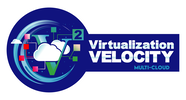



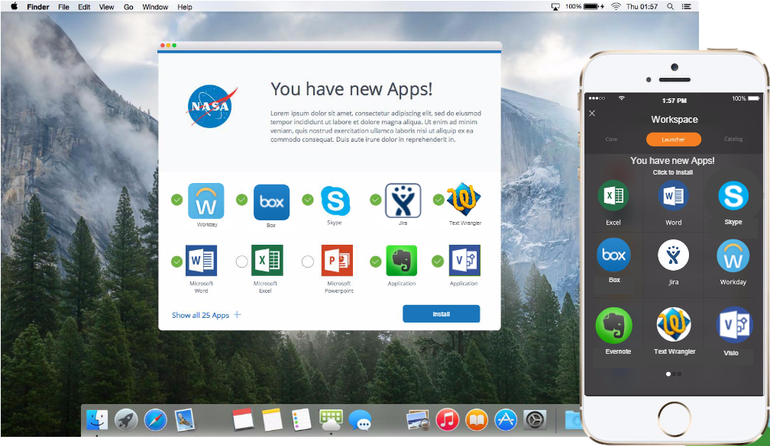






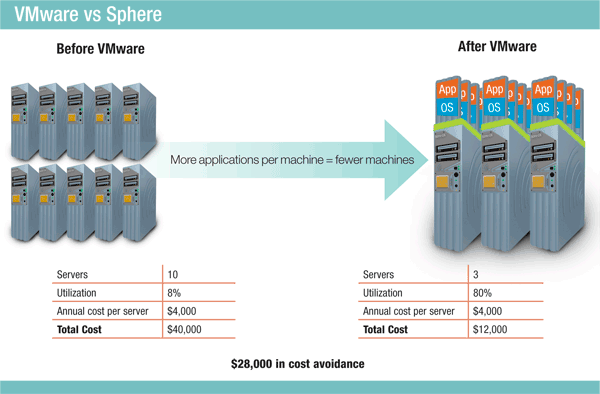
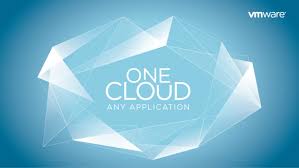



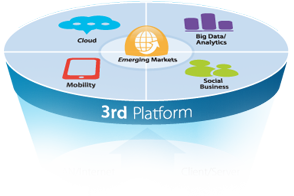
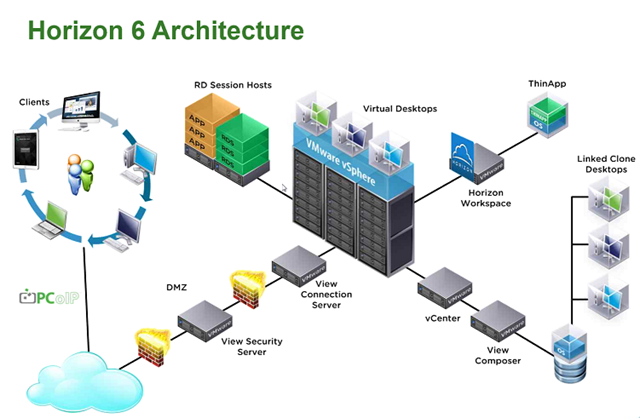

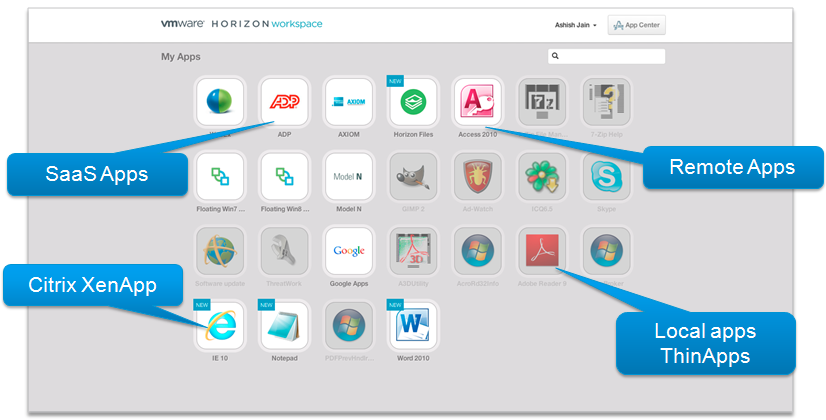
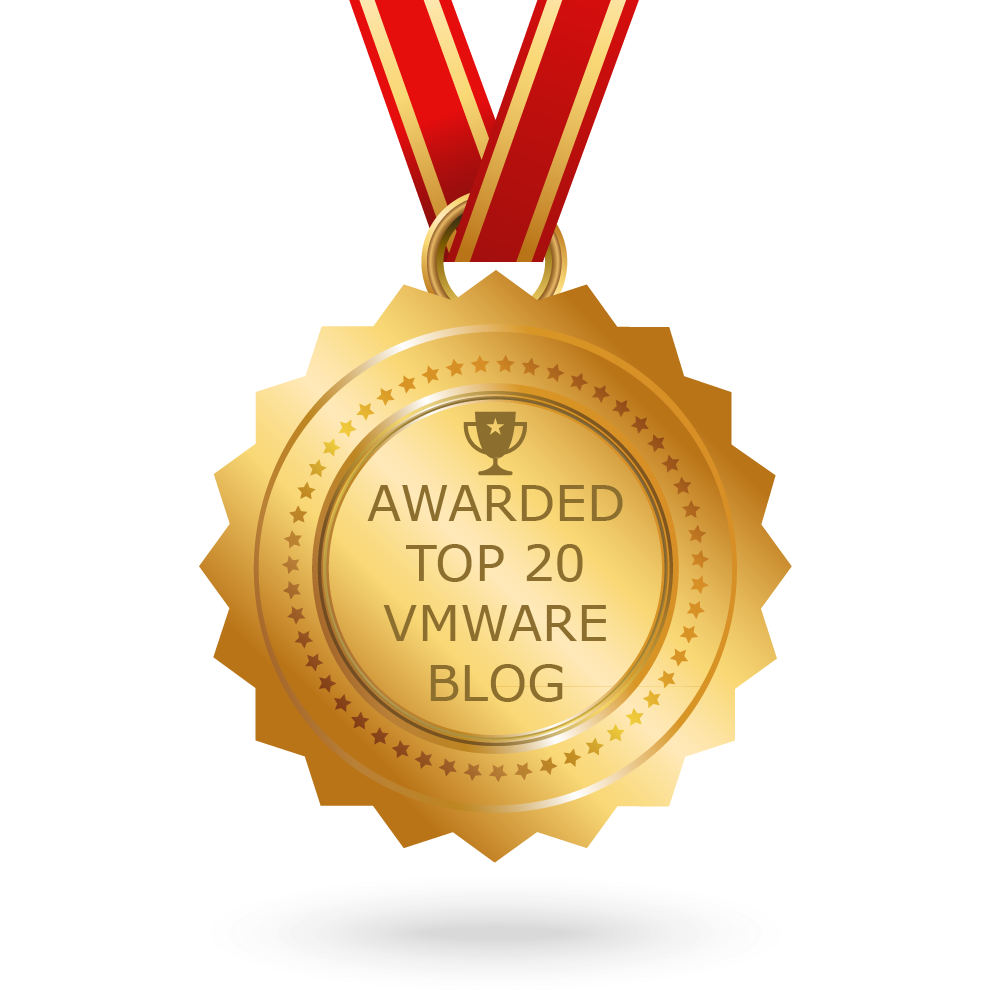
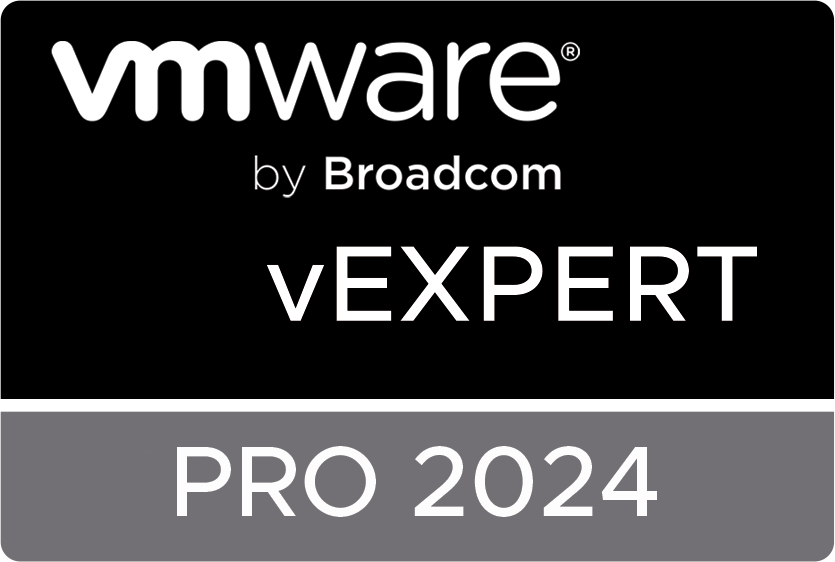


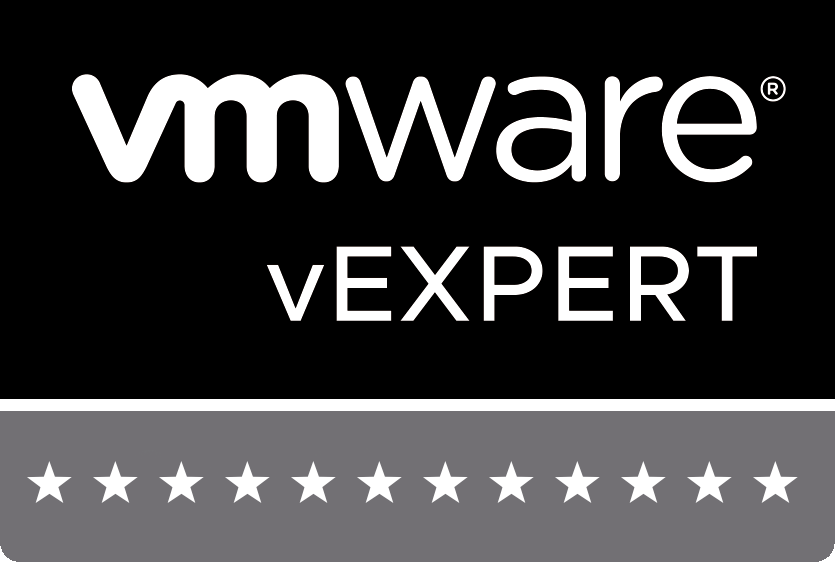
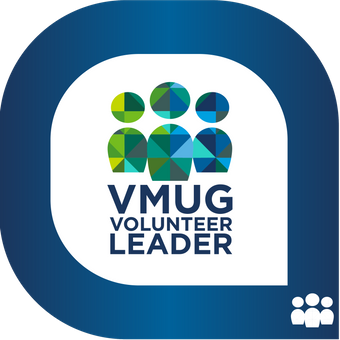

 RSS Feed
RSS Feed